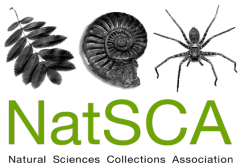European colonialism exposed islands to significant threatening processes that drove species to or near extinction. At the same time, they were regular sites of collecting living animals especially because of their high level of endemism. Natural history museums house animals that carry stories of colonial conquest over island ecologies. I argue that existing decolonising approaches to natural history museums do little to decolonise ourhuman-non-human relationship with the species on display. Through a discussion of the extinction of Antillean rice rats in the Caribbean and the only two specimens remaining of the Saint Lucia giant rice rat (Megalomys luciae (Fortsyth Major, 1901)), I emphasise the importance of connecting extinction narratives to the colonial causes of their disappearance. Three lessons follow to show how natural history museums can address their inherited colonial legacies in displaying extinct animal remains collected from colonised lands.
